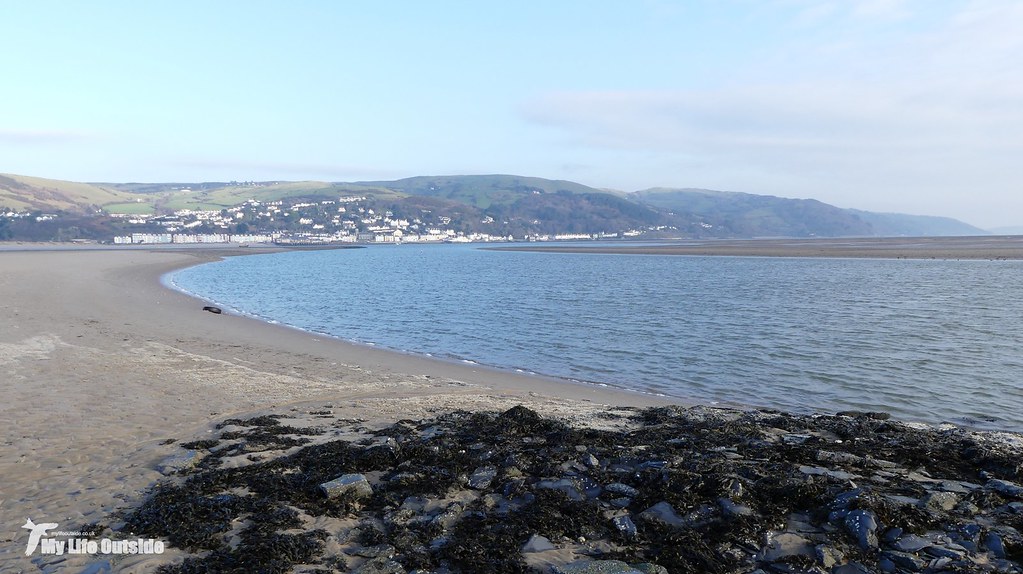There’s no better way to kick start a new birding year than with a lifer. And what if that lifer could be a species which you’d never expected to see in Britain? Well, that would be just dandy!
So it was that we found ourselves at a freezing Ynyslas on the second weekend in January, weak winter sunshine barely making a dent on the biting northerly serving as a timely reminder that this was far from peak season for this isolated corner of Ceredigion. Even so we weren’t the only hardy souls out and about, dog walkers and other early morning risers joining us in making the most of the unusually bright conditions.

With the tide low acres of mud were left exposed providing ample feeding opportunities for upwards of two hundred Wigeon. Their high pitched calls drifted towards us on the breeze, Curlew and Oystercatchers adding their own voices at regular intervals. Behind us a pair of Stonechats hopped through the dunes whilst Common Gulls passed overhead, lovely both but not our main target today.
Instead we set our binoculars on the main channel, searching through rafts of Wigeon for something a little more unusual. Initially nothing stood out until in the distance, preening on a sand bank, sat a large duck which just looked that bit special. Closing the distance its features slowly became clearer. Warm brown overall, richer than a standard female Eider and with a buff spot at the base of the bill and a just about distinguishable eye ring of similar colour. That bill was noticeably more concave than our Eider’s as well and together confirmed that this was indeed our quarry, a female King Eider here on the banks of the Leri.

In truth I was pretty amazed that we’d managed to connect given how long this bird has been around for. First sighted way back in July we thought we’d long missed our chance but I’m happy to report otherwise. Indeed she’s still there today though not always easy to see given the size of the expansive estuary. We very much lucked out on this occasion as although never what you could call close we were probably about as near as you could get without a boat.
King Eider under our belts we headed out onto the beach proper to see what else was about. A lone Gannet, small flock of ten or so Common Scoter and steady passage of Cormorants were pick of the bunch.
The previous day had arguably been even more successful as although conditions has been distinctly damper we’d had a stellar few hours exploring the RSPB reserve at Ynys Hir. There was the usual selection of waders and waterfowl but we were over the moon at finally managing to see a flock of thirty overwintering Greenland White-fronted Geese for which this area is famed. I’ve probably been visiting for a decade or more and had, until now that is, drawn a blank each and every time. Picking up a limited edition pin badge of the very same species seemed the ideal way to celebrate.
Elsewhere a trio of male Pintails were looking as stunning as ever but the lack of Lapwings was stark. In previous years we could have expected hundreds but managed only a couple of individuals on this occasion. Roaming flocks of Redwing were much more numerous and where would we be without another fruitless search for the mythical Lesser-spotted Woodpecker. There’s always next year.



0 Comments